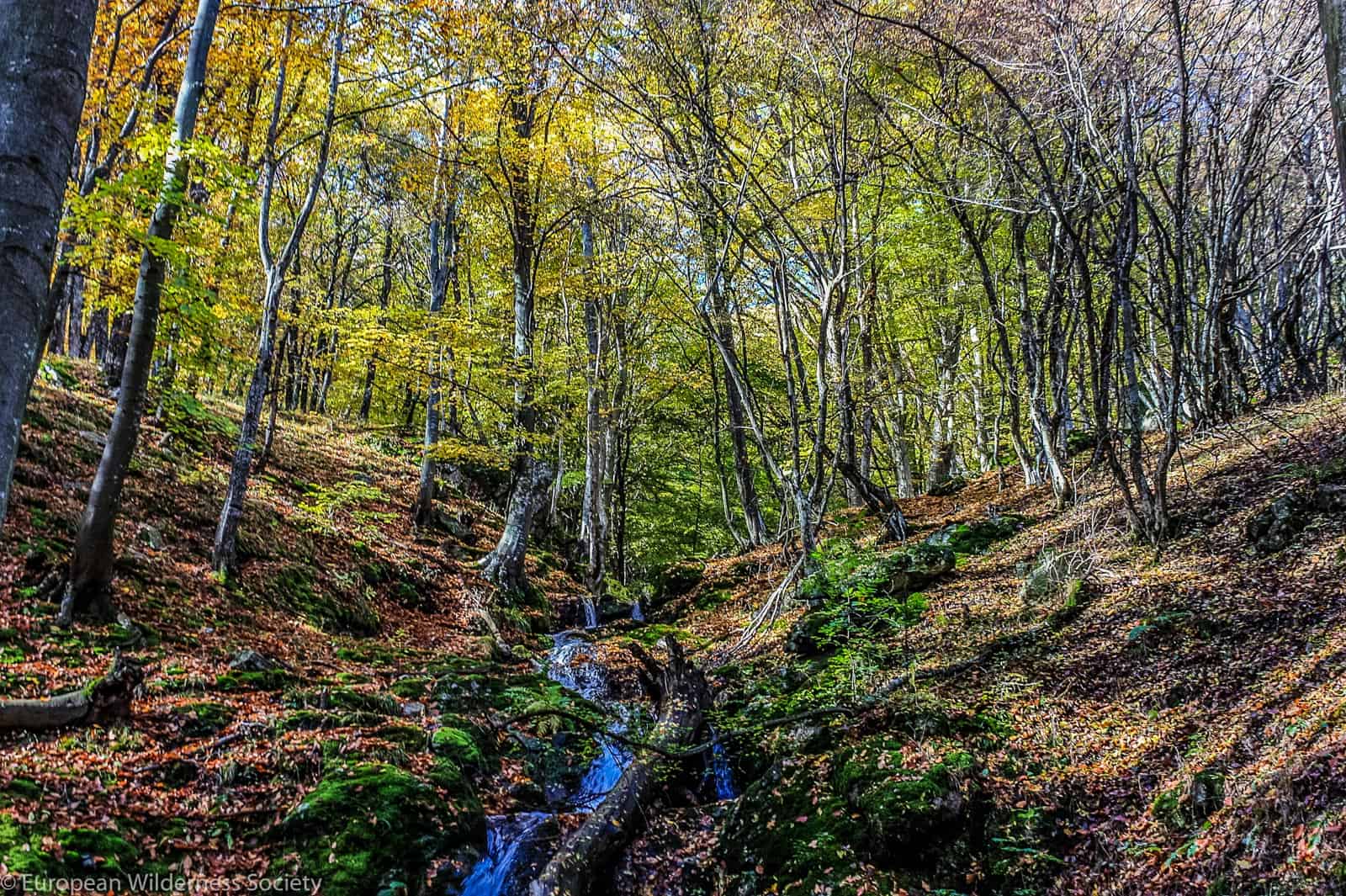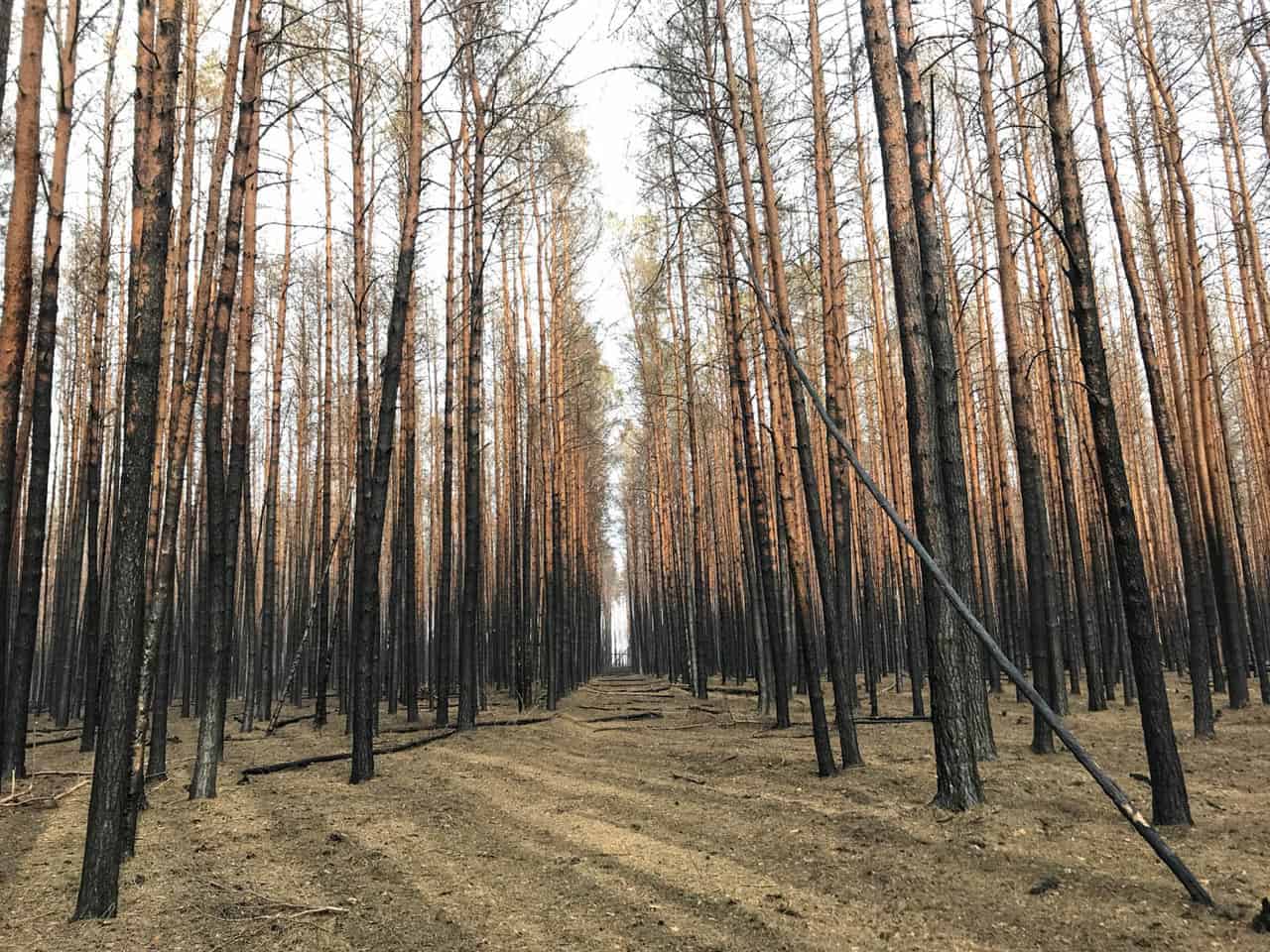The Wisdom of Traditional Ecological Knowledge
Way before modern agricultural farming, industrialization and the creature comforts of modern domesticity insulated us from much of the toil and threats the environment could throw at us. Humans found a way to work with nature and manipulate its elements in a sustainable way that secured both their survival and the habitat around them indefinitely. This mostly changed nowadays. But why? The concept of Traditional Ecological Knowledge offers an explanation why this might be and a way forward.
Please also read: Deep ecology: Defending the Earth
Indigenous people as natures safeguards
The fact that humans worked with and not against nature was a result of understanding the need to conserve resources for their own survival. But also because of their smaller populations, subsistence living and rudimentary tools and methods that left little, if any, permanent, irreversible impact. It was also due to the profound respect many Indigenous people show in their perceptions of nature and its many facets as somewhat sentient, sharing thoughts and feelings just as humans do. Not as seperate or inferior to us, but connected to us, sharing the same perceptions we do. In a recent report, two U.S. Forest Service researchers, offered an explanation of the difference between European and Indigenous concepts of nature.
Indigenous holistic knowledge regards animals and features of the landscape as possessing characteristics that Western minds typically ascribe only to humans, e.g. having points of view, exhibiting agency, and engaging in reciprocal communication.

What is Traditional Ecological Knowledge?
This perception is tied to a greater understanding of nature that scientists and anthropologists refer to as Traditional Ecological Knowledge, sometimes referred to as Indigenous Knowledge or Native Science. In academia it’s also been studied under headings such as ethno-biology, ethno-ornithology, and biocultural diversity. It is defined as follows:
(TEK) is the on-going accumulation of knowledge, practice and belief about relationships between living beings in a specific ecosystem that is acquired by indigenous people over hundreds or thousands of years through direct contact with the environment, handed down through generations, and used for life-sustaining ways. This knowledge includes the relationships between people, plants, animals, natural phenomena, landscapes, and timing of events for activities such as hunting, fishing, trapping, agriculture, and forestry. It encompasses the world view of a people, which includes ecology, spirituality, human and animal relationships, and more.

This insight is particularly valuable considering Indigenous people only comprise some 4 to 6 percent of the world’s population yet occupy or use almost a quarter of the world’s surface area. “In doing so, they maintain 80 percent of the planet’s biodiversity in, or adjacent to, 85 percent of the world’s protected areas,” writes Gleb Raygorodetsky, a researcher with the POLIS Project on Ecological Governance at the University of Victoria.
This knowledge comes as a result of being interconnected with nature and observing it in it’s most natural, wild state, furthest from more modern, artificial disturbances. This therefore makes Indigenous people’s viewpoint particularly sensitive to change as they understand through intimate experience, the knock-on effect one alteration in the envronment has on a whole ecosystem.
Remote research aids understanding
While he was interviewing Inuit elders in Alaska to find out more about their knowledge of beluga whales and how the mammals might respond to the changing Arctic, researcher Henry Huntington lost track of the conversation as the hunters suddenly switched from the subject of belugas to beavers. It turned out though, that the hunters were still really talking about whales. There had been an increase in beaver populations, they explained, which had reduced spawning habitat for salmon and other fish, which meant less prey for the belugas and so fewer whales.
It was a more holistic view of the ecosystem, and an important tip for whale researchers. It would be pretty rare for someone studying belugas to be thinking about freshwater ecology.

“Remote sensing can detect changes. But what happens as a result, what does it mean?” asks Tero Mustonen, a Finnish researcher and chief of his village of Selkie, pioneering the blending of TEK and mainstream science. That’s where traditional knowledge can come into play as native people who make a living on the landscape as hunters and fishers note the dramatic changes taking place in remote locales – everything from thawing permafrost to change in reindeer migration and other types of biodiversity redistribution. Tapping into this wisdom is playing an outsized role in sparsely settled places such as the Arctic, where change is happening rapidly – warming is occurring twice as fast as other parts of the world.
New indicators and partnerships
These observations by Native groups are being adopted into indicators of climate change that are establishing partnerships between governments and scientists around the world. For example, the Skolt Sami people of Finland are engaging in a co-management project with the government of Finland that has reported on declines in Salmon in the Näätämö River that has led to positive adaptations in their methods of catching fish. They’ve also reported on the dramatic changes in the range of insects making their way north.
In hotter climates such as Australia, the tribal council of the Nari Nari people in a consortium along with the Nature Conservancy, won the right to mange what was formally called the Nimmie-Caira Wetlands, an area they’d inhabited for 50,000 years. Through the removal of old irrigation infrastructure that had damaged the vast, fertile wetlands in diverting water for agriculture, they managed to restore an abundance of species in bird, fish and frog species to the area whilst hunting out invasive species of feral pigs, deer, foxes and cats. A 2019 study also found that Indigenous-managed lands in Australia, Brazil and Canada were richer in verterbrate species than existing protected areas.
In Mesoamerica, researchers have discovered the Maya people hold extraordinary skills as forest garden farmers that we should learn from, resulting in incredible biodviersity at a time when global levels are declining.
Controlled burning
Bill Gammage, an academic historian and fellow at the Humanities Research Center of the Australian National University, details how Aborigines used “cool” fires for multiples reasons including: controlling wildfire fuel, maintaining diversity, balancing species and ensuring abundance. Aborigines, prior to colonization in 1789, managed the landscape with “fire and no fire” – something called “fire stick farming.” A 2013 study found that this ancient practice created a more diverse mosaic of re-growth that increases the number of the primate prey species: monitor lizards and kangaroos.
Today the absense of such fires and bolstering of ecological resilience to them has resulted in greater devastation. Recent uncontrolled fires not only take peoples lives and destroy homes but also threaten endangered species and ecosystems in Australia, the U.S. and Amazon rainforest. As a result, land managers both in Australia and abroad are working with Native people in adopting their fire practise techniques.
Controlled fire averted uncontrolled fire, and fire or no-fire distributed plants with the precision of a flame edge. In turn, this attracted or deterred grazing animals and located them in habitats each preferred, making them abundant, convenient, and predictable. All was where fire or no-fire put it. Australia was not natural in 1788, but made.

Lessons in perception
The lesson to be learned here is that it requires a greater inclusivity and diversity of voices to draw from the vast pool of wisdom that Traditional Ecoligical Knowledge offers. However, to maintain this wealth of knowledge requires the survival of the cultures that hold them and allowing them agency over their lands and traditions so they can pass them on to following generations.
Research has shown that a healthy environment and connection to nature is not only essential to our survival but is good for our wellbeing just by its presence alone. The view that the natural world is not seperate to us but also interconnected and to an extent sentient as these Indigenous people have shown us details respect and consideration for nature that has to a large extent been lacking in much of societies perception. If allowed to continue, this will only contribute to it’s demise. Dr. Robin Wall Kimmerer, Professor of Environmental and Forest Biology at the State University of New York College of and enrolled member of the Citizen Potawatomi Nation, summarises the necessity of the biocultural approach Traditional Ecological Knowledge can offer in this regard as a framework:
For a broader, decolonizing vision of restoration, which is grounded of the indigenous worldview, [through which] repair of ecosystem services contributes to cultural revitalization, and renewal of culture promotes restoration of ecological integrity…Repair of ecosystem structure and function alone is insufficient – restoration of a respectful, reciprocal relationship to the natural world is also essential for long term success.

Please also read: The old human-nature dualism: Are we part of nature?









